A class apart: a new show explores the radical approach of the Bechers and their students
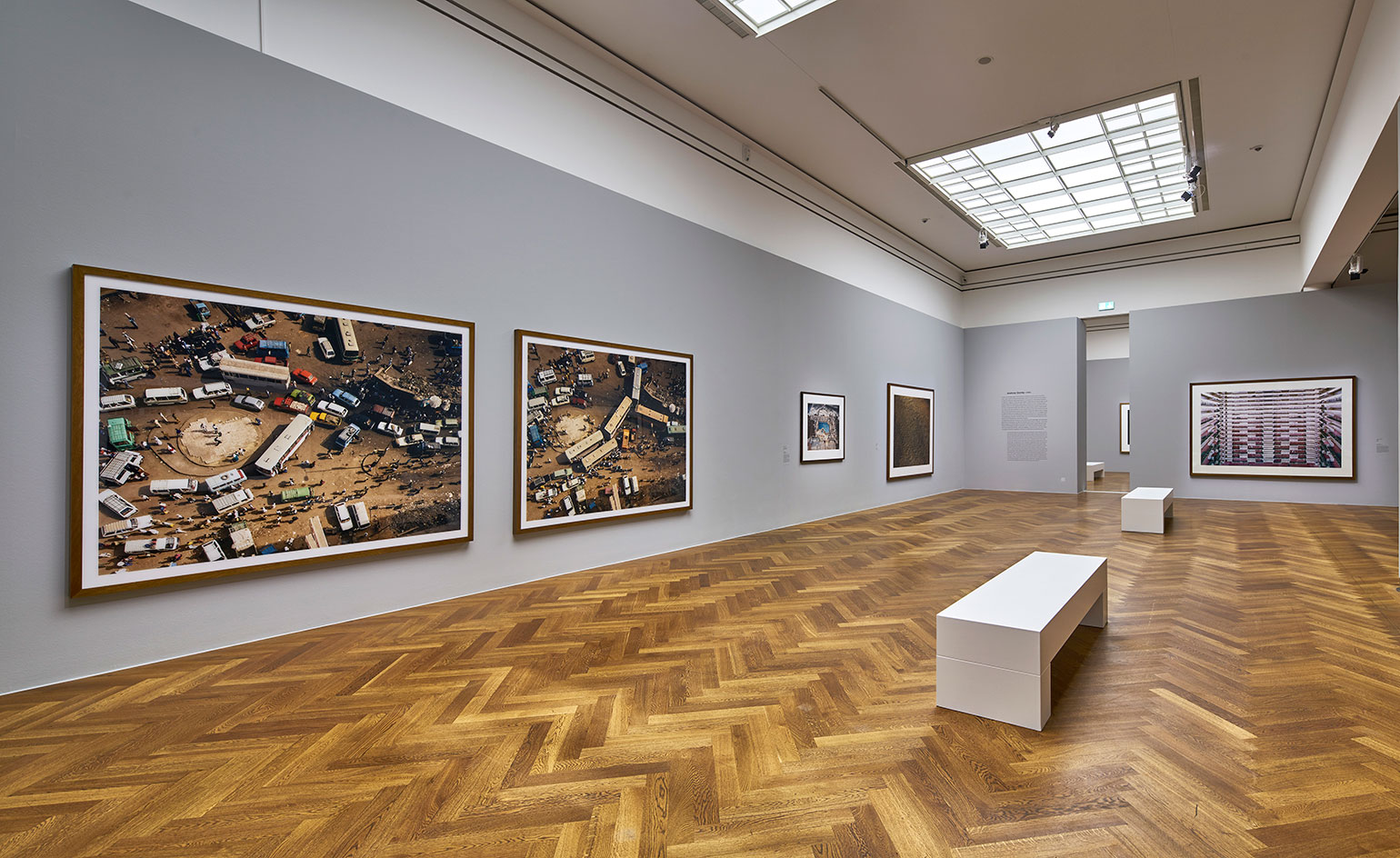
In 1959, photography was still struggling to be an art form. Bernd and Hilla Becher were a young couple living in Düsseldorf, making conceptual art together. Bernd had studied painting and typography, while Hilla had completed an apprenticeship as a photographer. They began to collaborate, systematically taking pictures on an 8 x 10 of things that most people would overlook in their city – gas tanks, coal bunkers, cooling towers, shot on overcast days, early in the morning — hardly glamorous subjects, at a time when the world was beginning to go pop.
Though the couple’s conceptual art photography was having an impact across Europe, when Bernd began teaching photography at the Kunstakademie Düsseldorf in 1976 their legacy would begin to have a life far beyond their own work. It would become one of the most significant and influential movements in art photography’s 180-year history by completely overturning the function, aesthetic, and position of photography as an artistic medium.
Some of the most esteemed German artists of the 20th century were taught by the Bechers — including Andreas Gursky, Thomas Ruff and Thomas Struth — and as the Städel Museum seeks to show in a new survey of works by the professors and nine of the alumni of the Becher class, there are others who are ripe for revisiting.
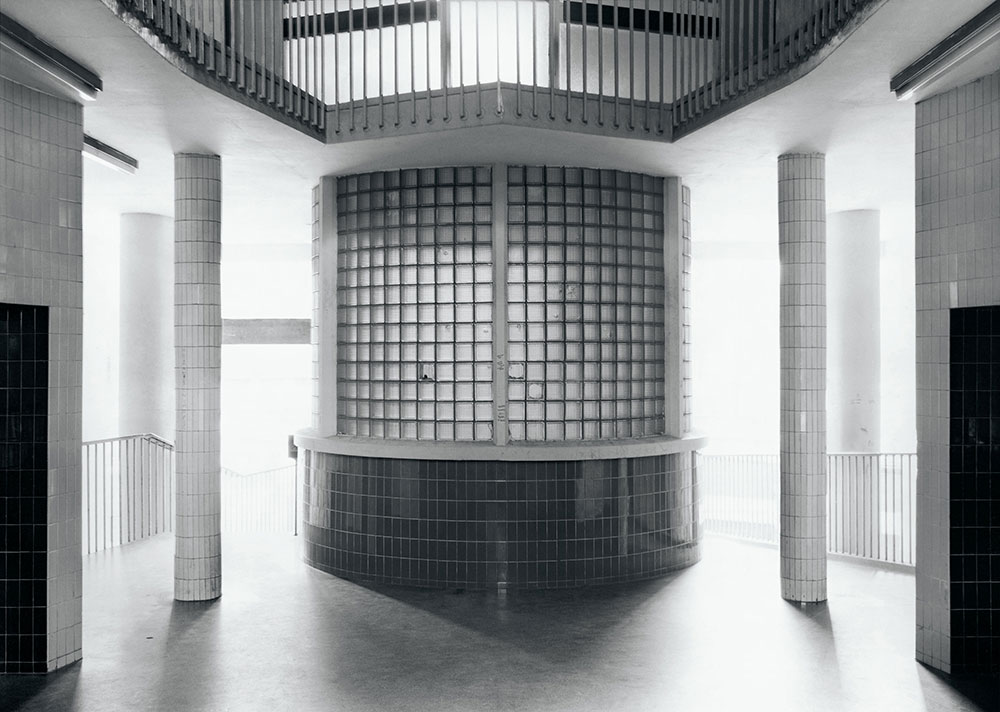
‘Moedling House’, 1982–1984. © The artist
In more than 200 works, the exhibition reveals – in the same city it all began – the converging interests of the Bechers and their students, and their radical approach in their era: the Bechers in the 1960s and 70s, their students in the 80s and 90s. The group can roughly be recognised by a shared interest in an objective style, and by subjects shaped by their surroundings, the architecture and objects of industrial West Germany. Both Tata Ronkholz and Volker Döhne, for example, follow their teacher’s lead, turning their lens on the local landmarks and industry, shooting it in typologies that closely resemble the Bechers’ motifs.
Other artists, such as Thomas Ruff, also clearly inspired by the Bechers’ method of shooting in series, complicates the idea of documentary photography as presumed truth, an idea that resonates even more with photographers today. Axel Hütte too, elevates the camera to present more than simply surfaces: his explorations of architecture prod at concealed social interactions, while consciously referencing landscape painting of the past, blurring the lines between the two – something Gursky is equally renowned for – pushing photography into new terrain until today.
With moments that are painterly, minimalist, prosaic and poetic, this exhibition captures more than the vision of a generation of artists – it’s the moment photography became art.
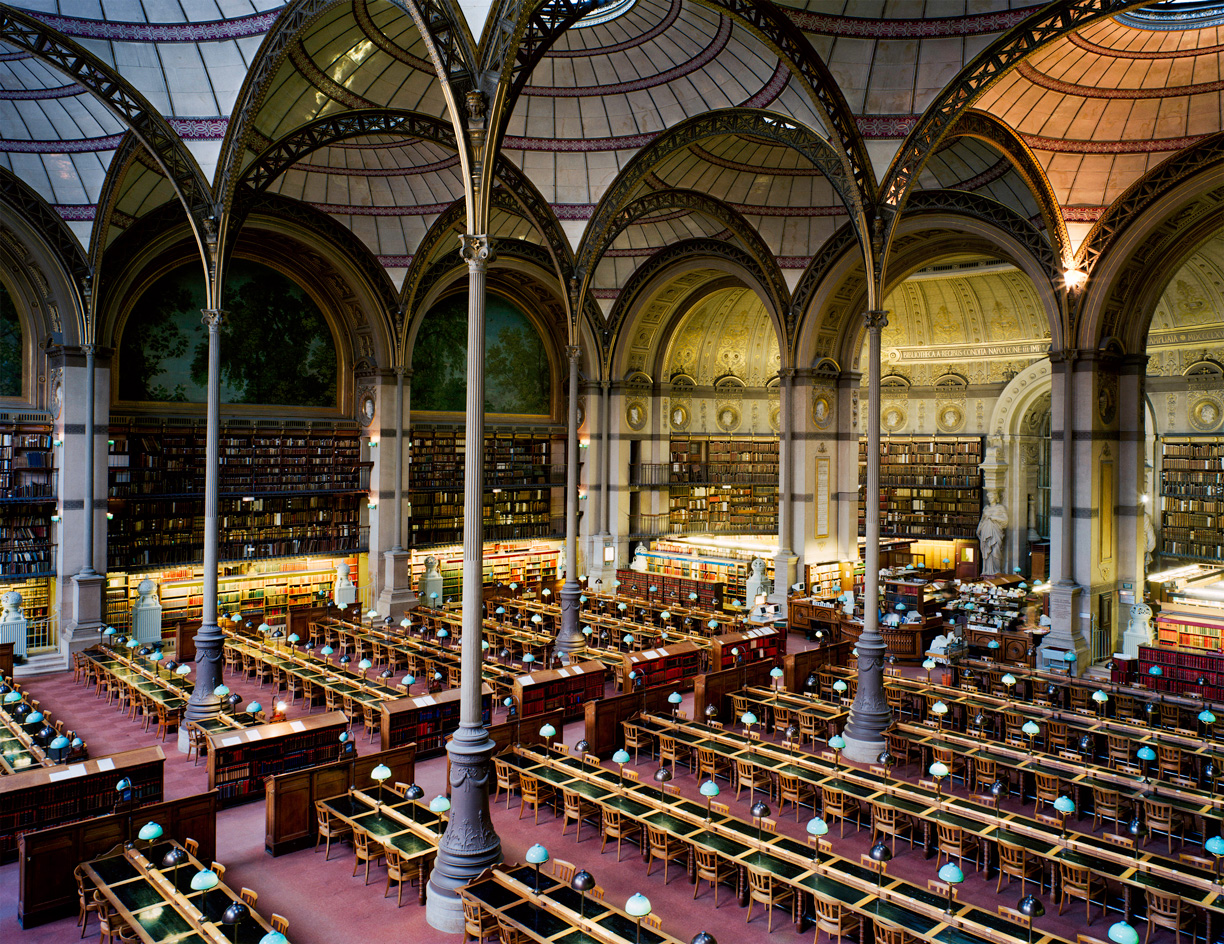
Bibliothèque Nationale de France Paris XIII, by Candida Höfer, 1998.
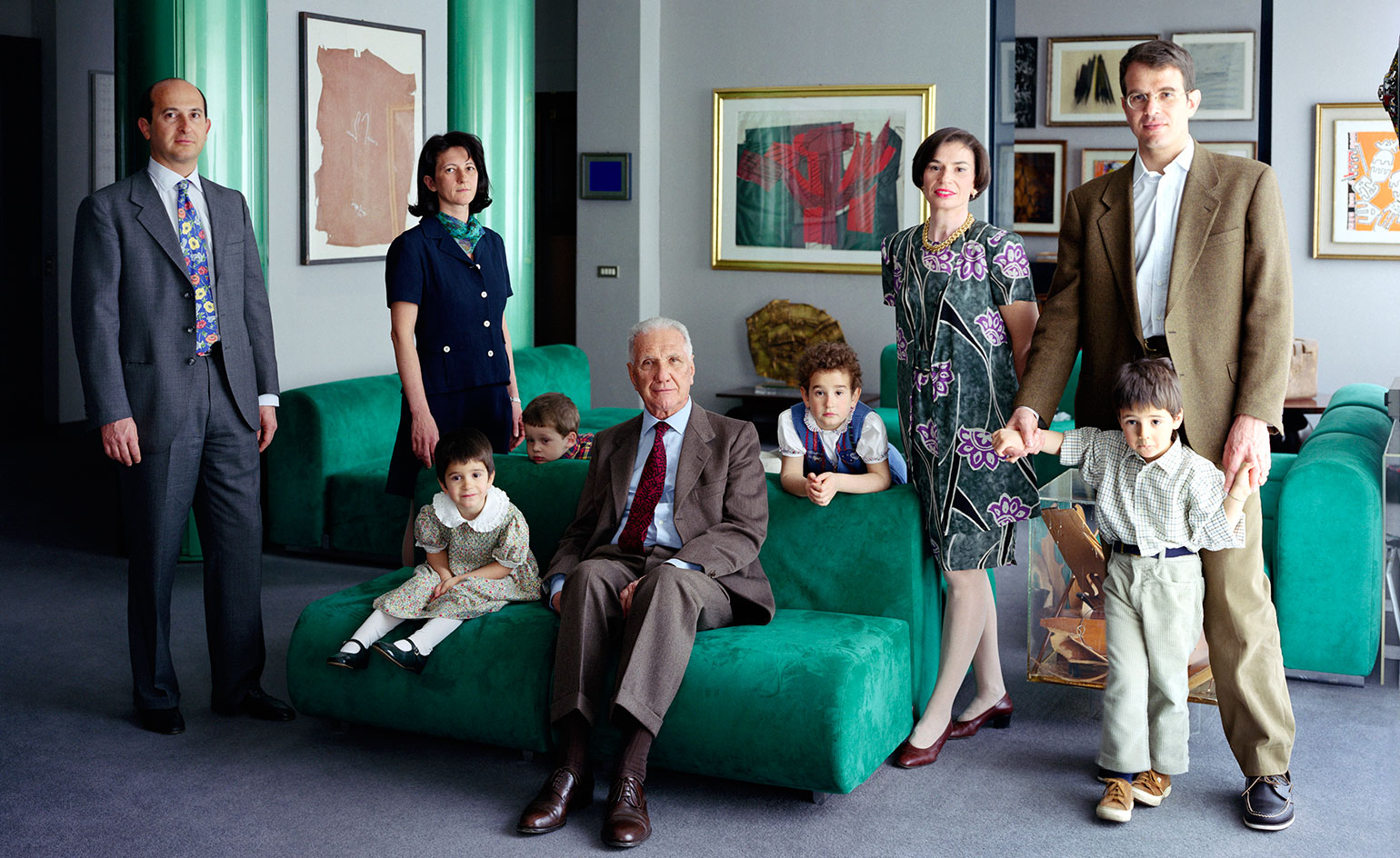
The Consolandi Family, Mailand, 1996.
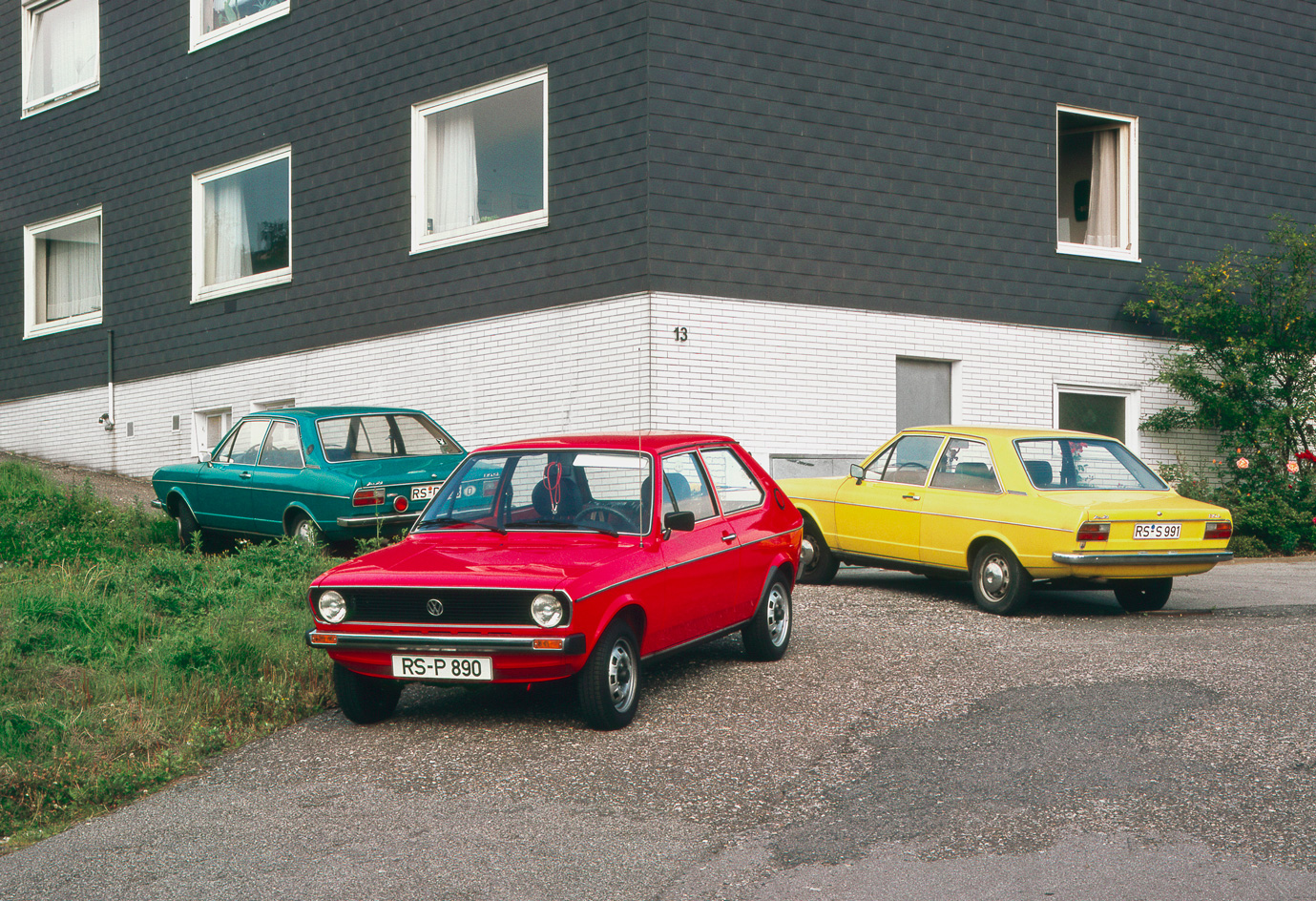
Untitled (Colourful), by Volker Döhne, 1979.
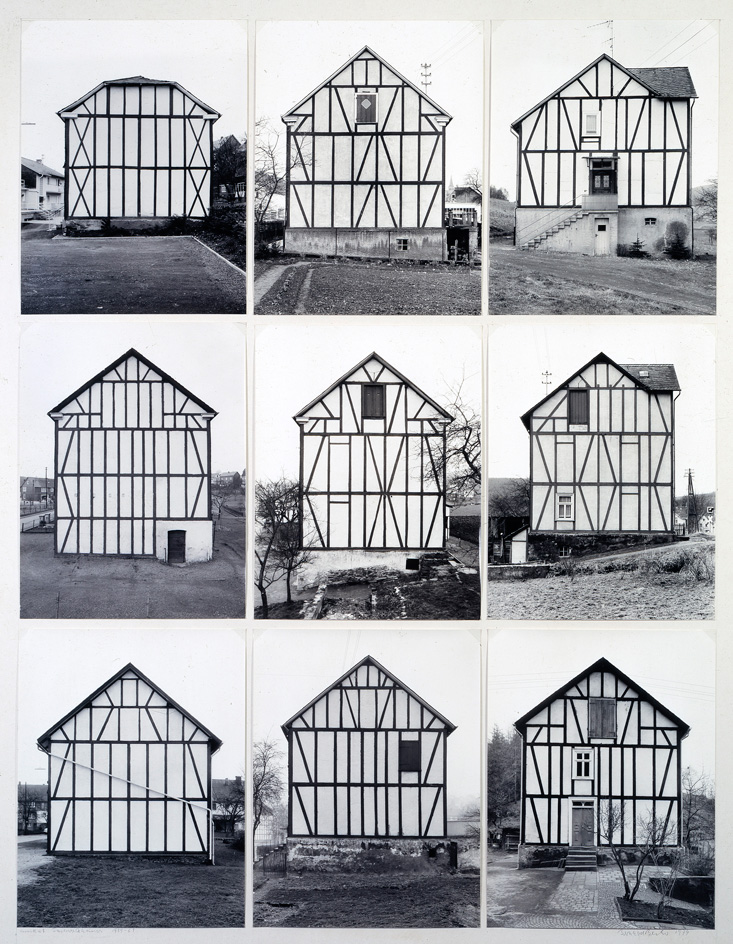
Half-Timber Houses, by Bernd and Hilla Becher, 1959-61 / 1974.
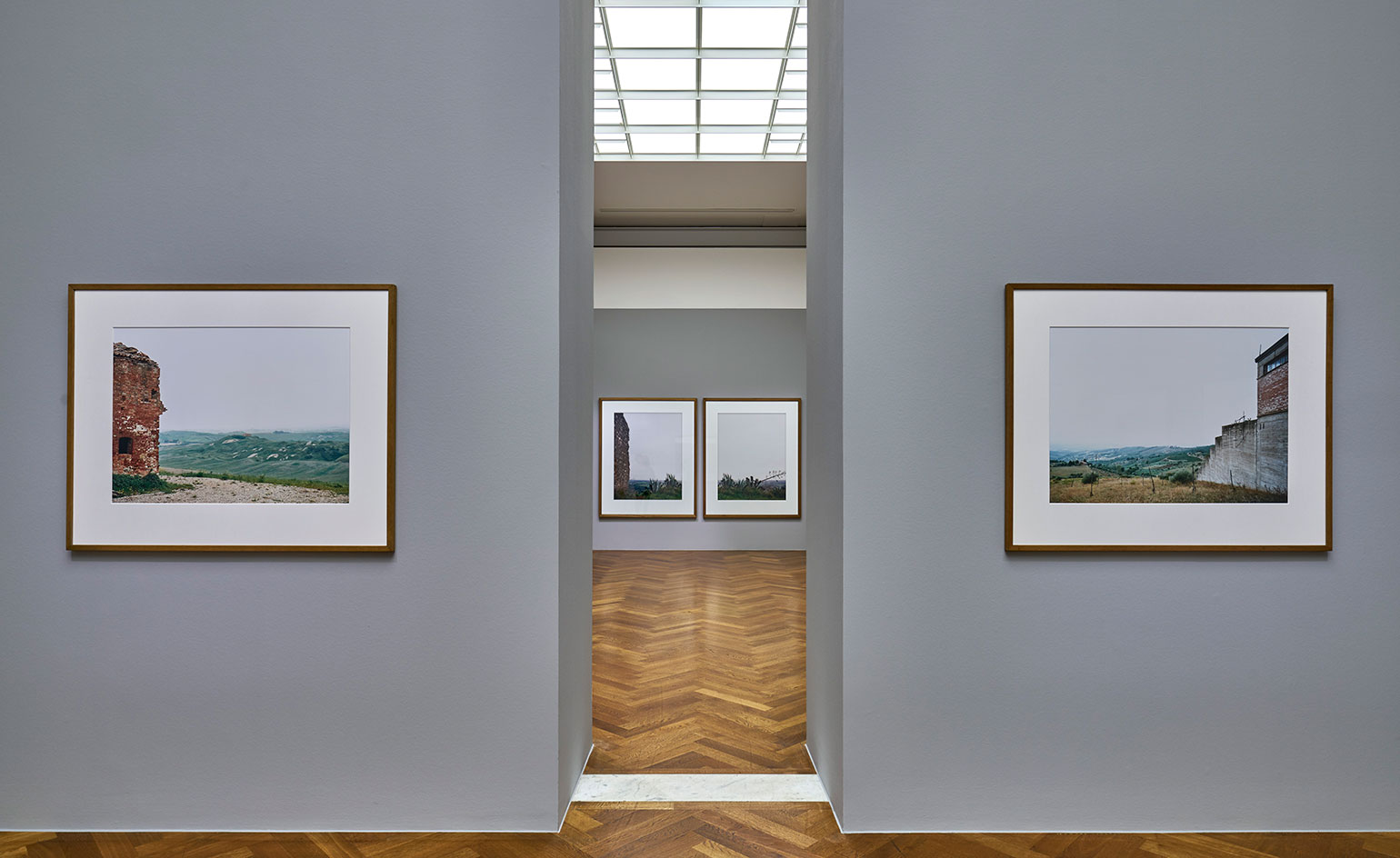
Installation view of 'Photographs Become Pictures. The Becher Class'.
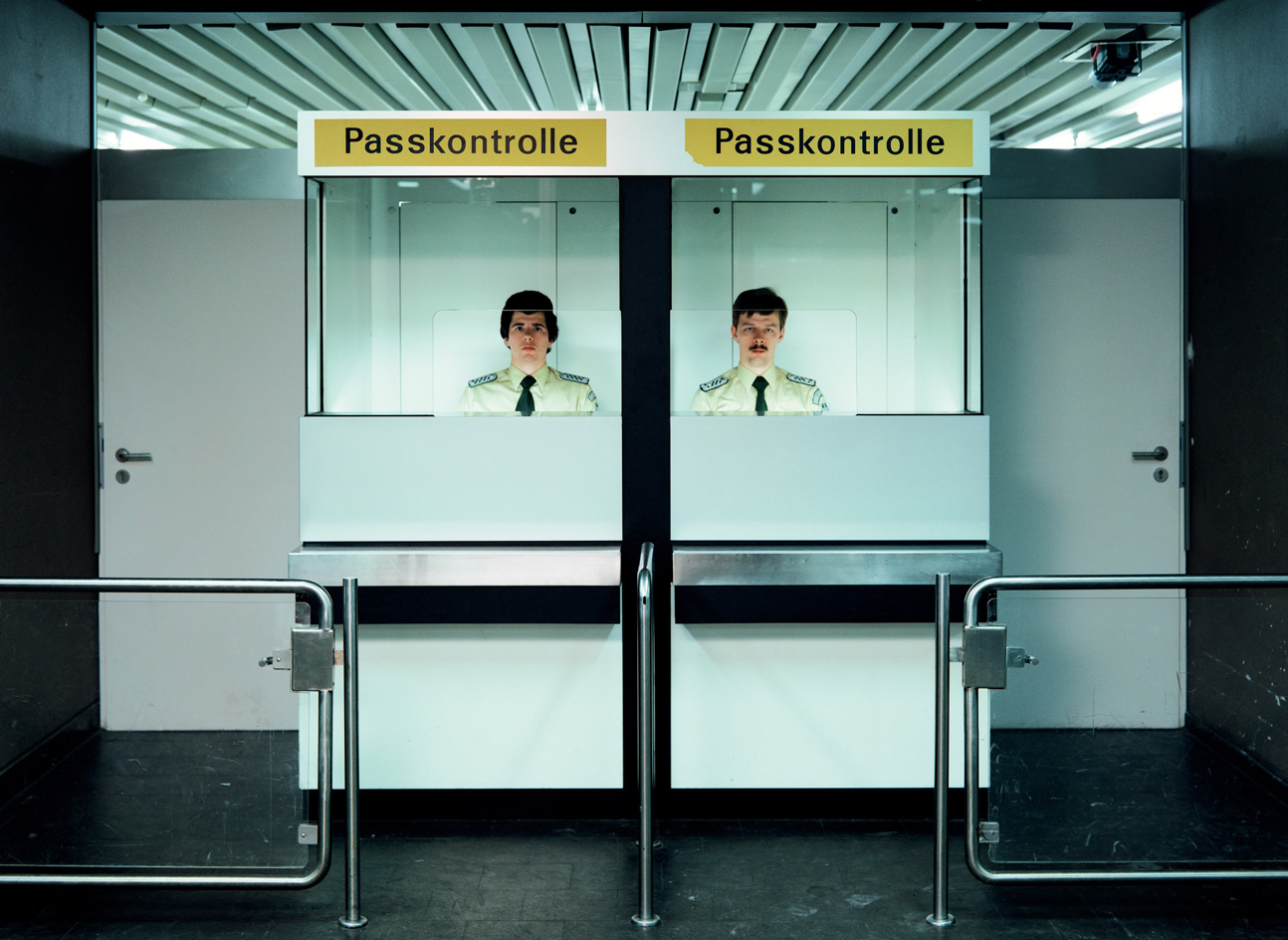
Doorman, Passport Control, by Andreas Gursky, 1982.
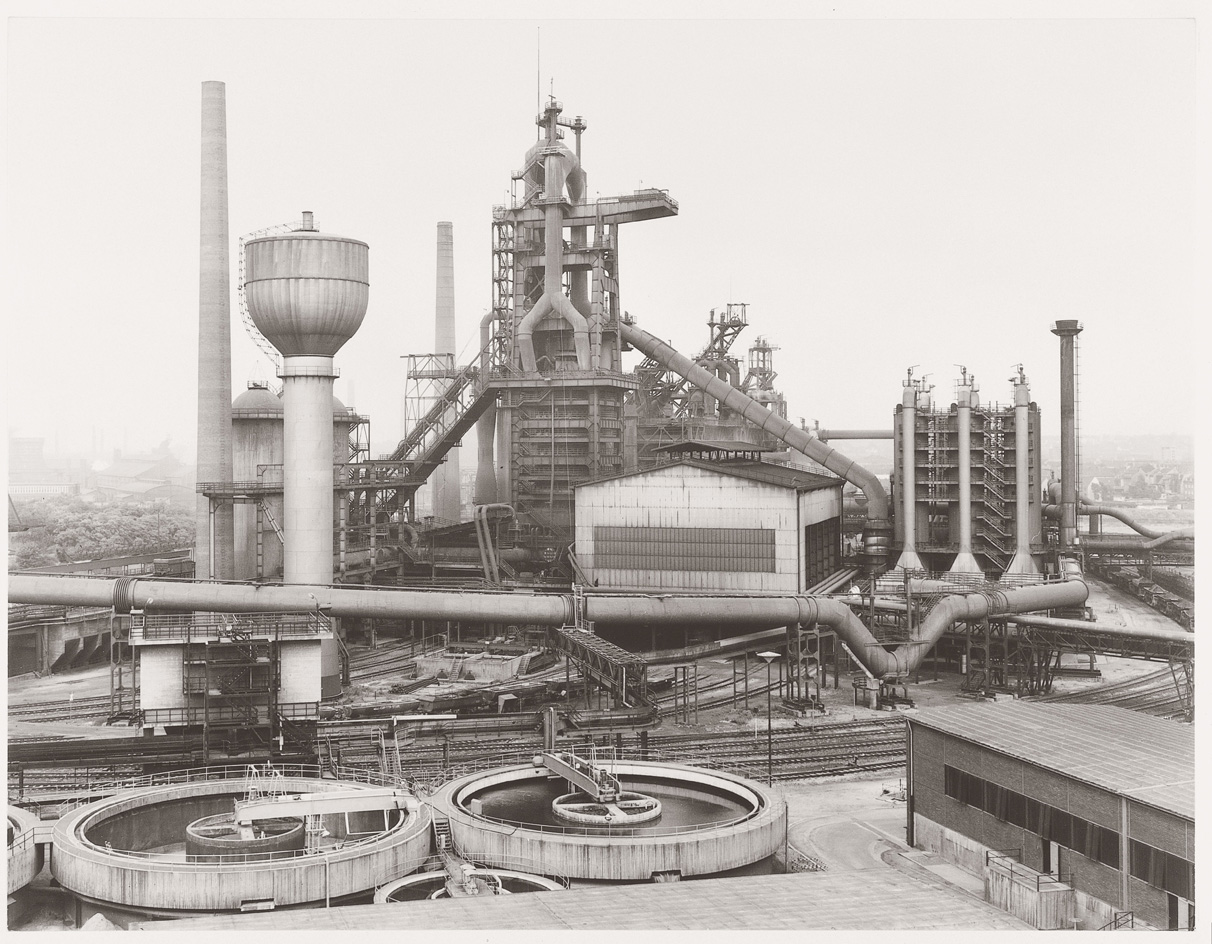
Gutehoffnungshütte, Oberhausen, Ruhrgebiet, by Bernd and Hilla Becher, 1963.
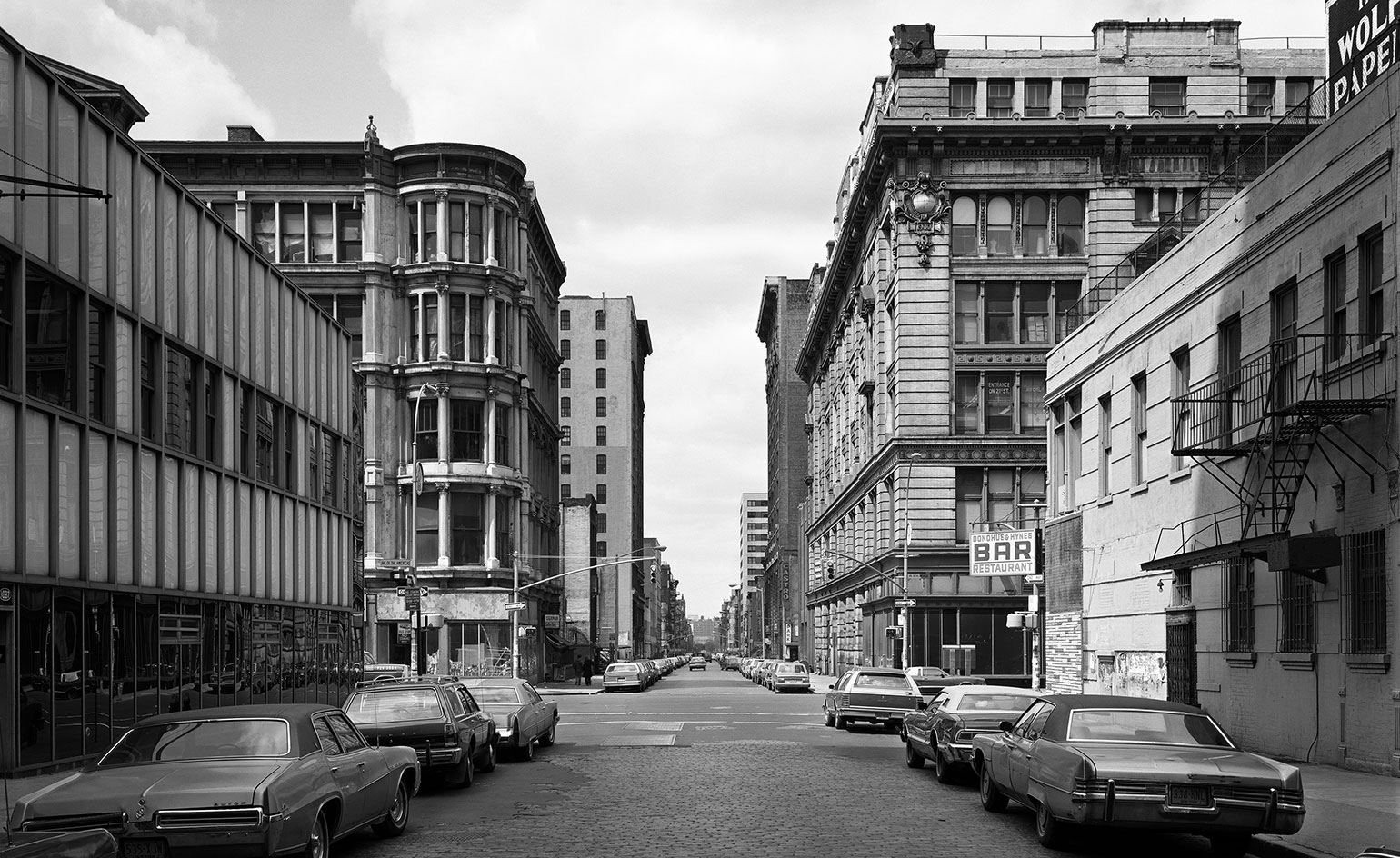
West 21st Street, Chelsea, New York, by Thomas Struth, 1978.
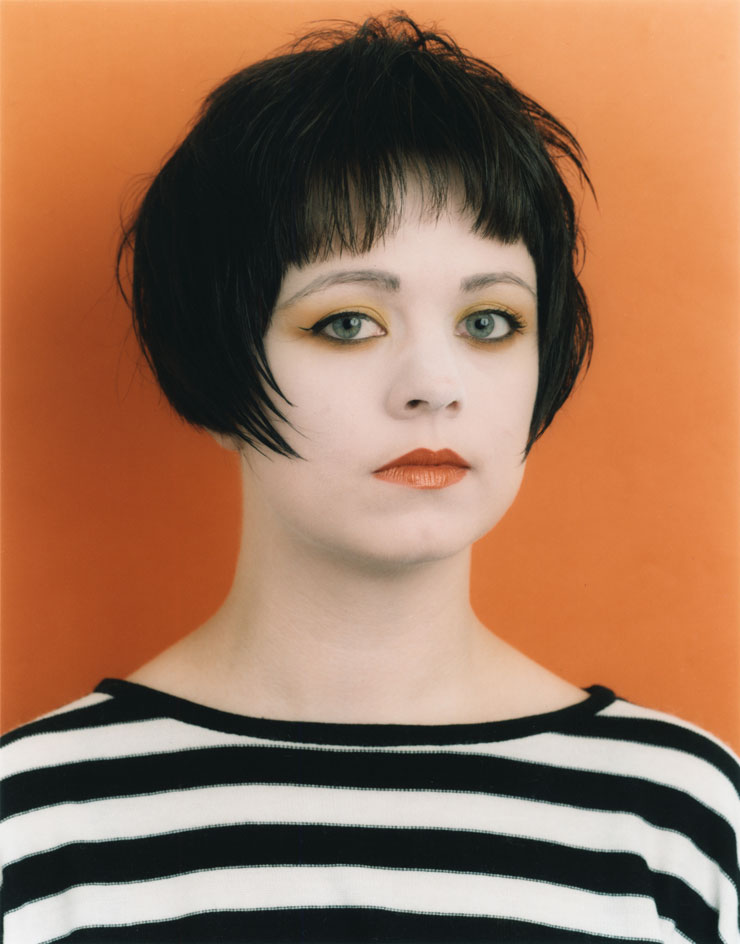
Portrait (G. Benzenberg), by Thomas Ruff, 1985.
INFORMATION
‘Photographs Become Pictures. The Becher Class’ is on view from 27 April – 13 August. For more information, visit the Städel Museum website
ADDRESS
Städel Museum,
Schaumainkai 63,
60596 Frankfurt am Main,
Germany
Wallpaper* Newsletter
Receive our daily digest of inspiration, escapism and design stories from around the world direct to your inbox.
Charlotte Jansen is a journalist and the author of two books on photography, Girl on Girl (2017) and Photography Now (2021). She is commissioning editor at Elephant magazine and has written on contemporary art and culture for The Guardian, the Financial Times, ELLE, the British Journal of Photography, Frieze and Artsy. Jansen is also presenter of Dior Talks podcast series, The Female Gaze.
-
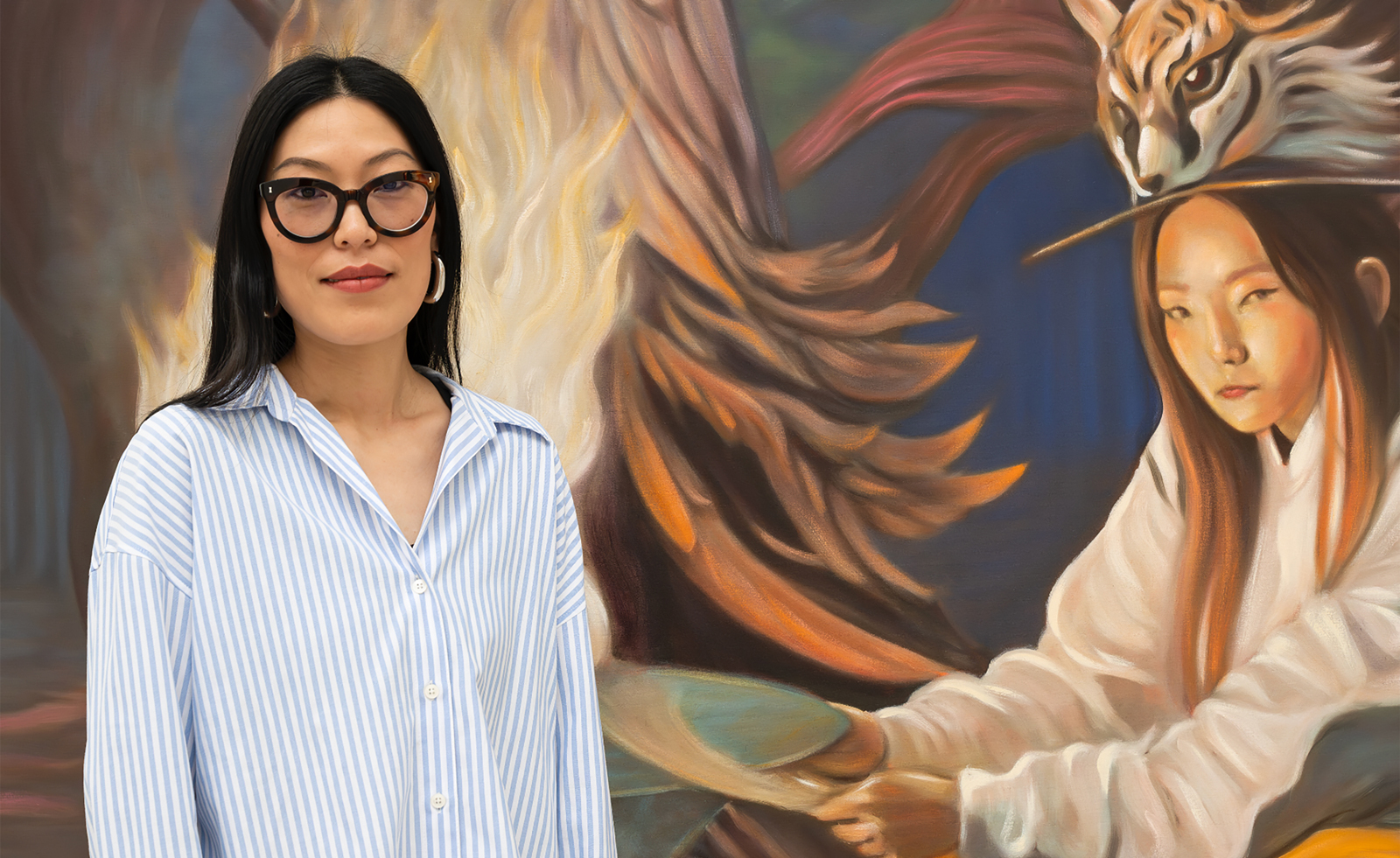 Meet the Turner Prize 2025 shortlisted artists
Meet the Turner Prize 2025 shortlisted artistsNnena Kalu, Rene Matić, Mohammed Sami and Zadie Xa are in the running for the Turner Prize 2025 – here they are with their work
By Hannah Silver
-
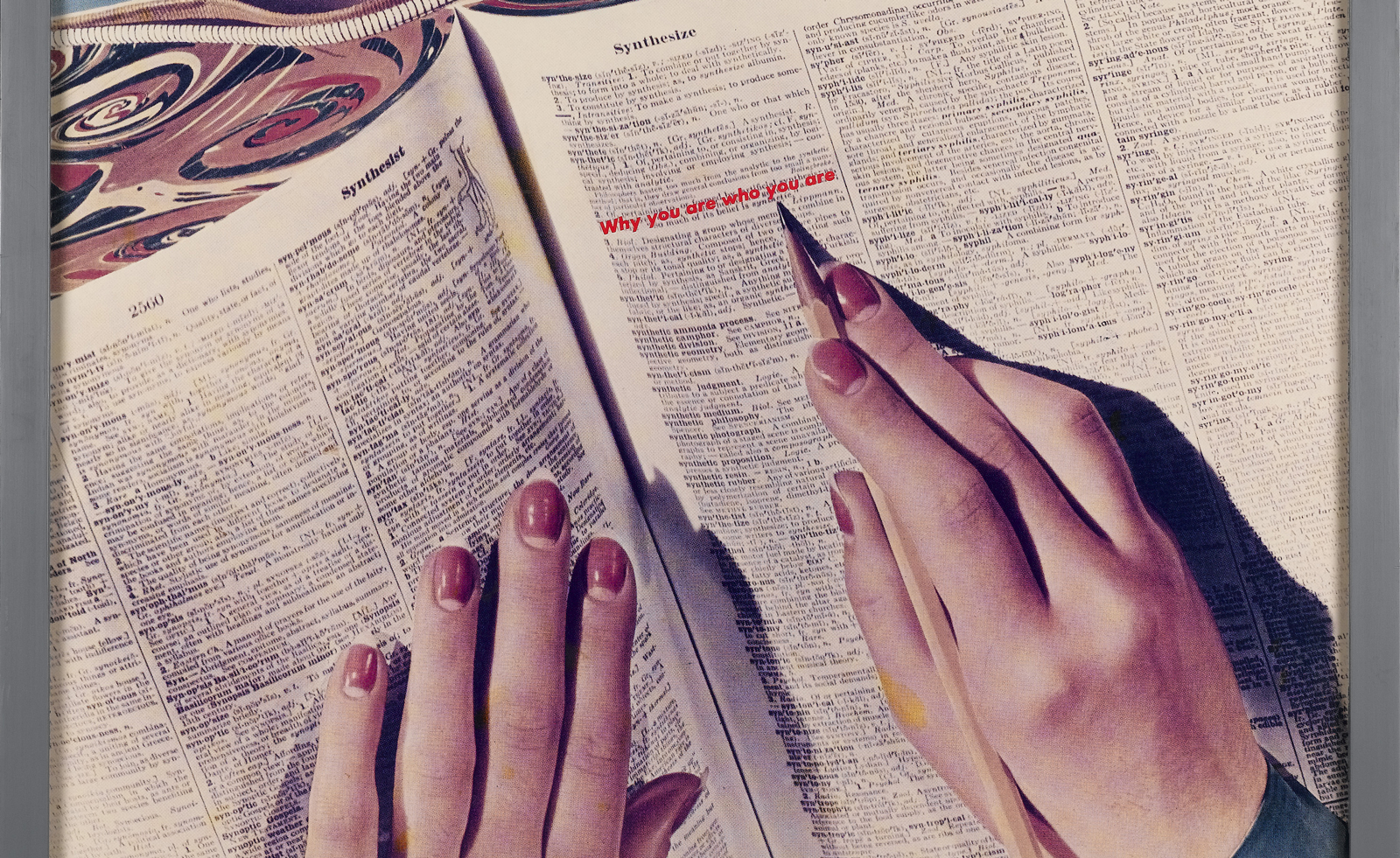 Take a rare chance to see the astonishing Ringier Collection of artworks in Düsseldorf
Take a rare chance to see the astonishing Ringier Collection of artworks in DüsseldorfFrom Barbara Kruger to Sylvie Fleury: publishing mogul Michael Ringier opens his private art collection to the public, sharing 500 works, and tells us what makes great art
By Harriet Quick
-
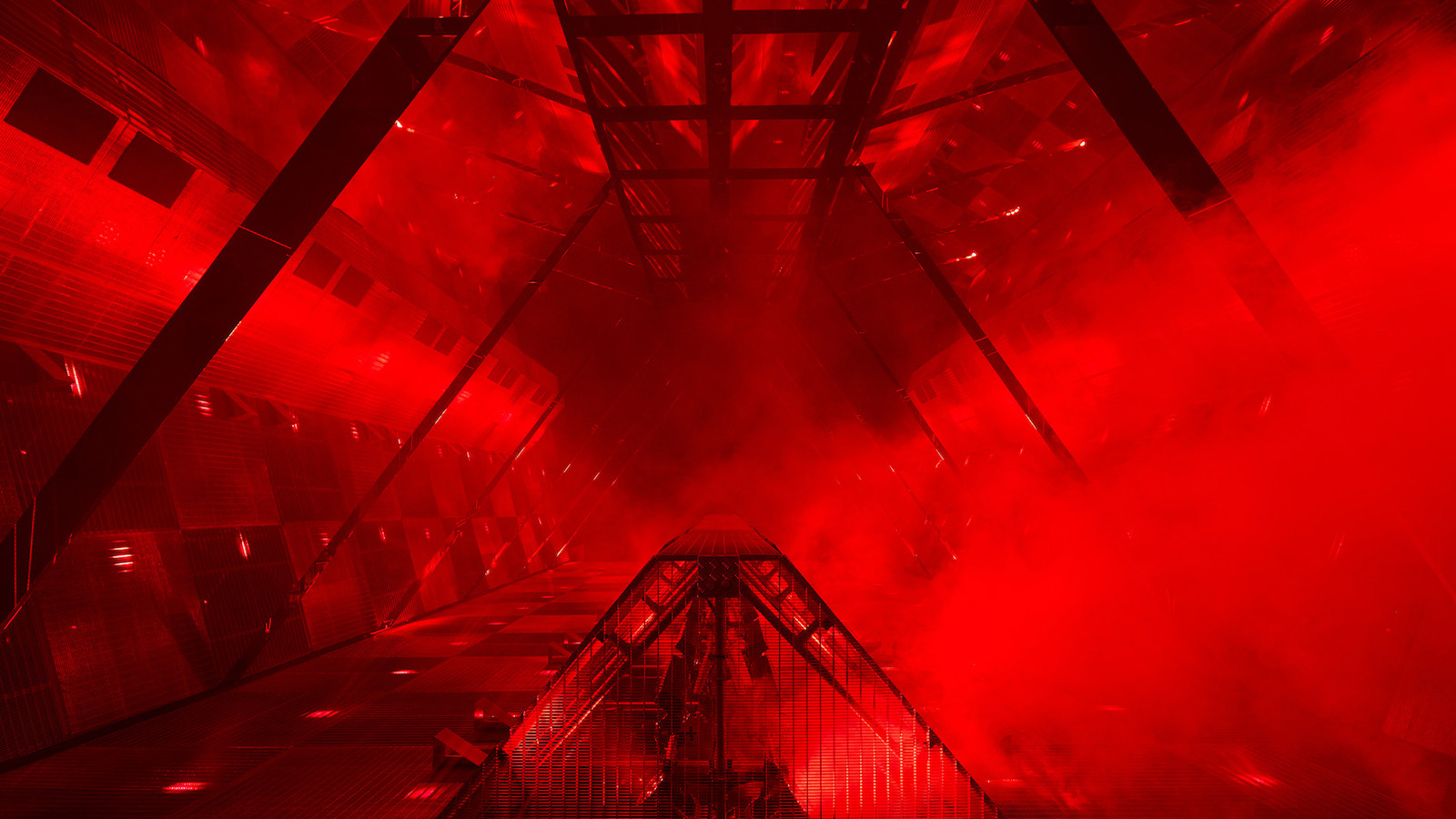 Willo Perron on his sound-inspired collaboration with Vans at Milan Design Week: ‘does frequency have an architecture?’
Willo Perron on his sound-inspired collaboration with Vans at Milan Design Week: ‘does frequency have an architecture?’Launching Vans’ Old Skool 36 FM sneaker, the Willo Perron-designed installation at Milan Design Week 2025 was inspired by the invisible architecture of sound
By Simon Mills
-
 Take a rare chance to see the astonishing Ringier Collection of artworks in Düsseldorf
Take a rare chance to see the astonishing Ringier Collection of artworks in DüsseldorfFrom Barbara Kruger to Sylvie Fleury: publishing mogul Michael Ringier opens his private art collection to the public, sharing 500 works, and tells us what makes great art
By Harriet Quick
-
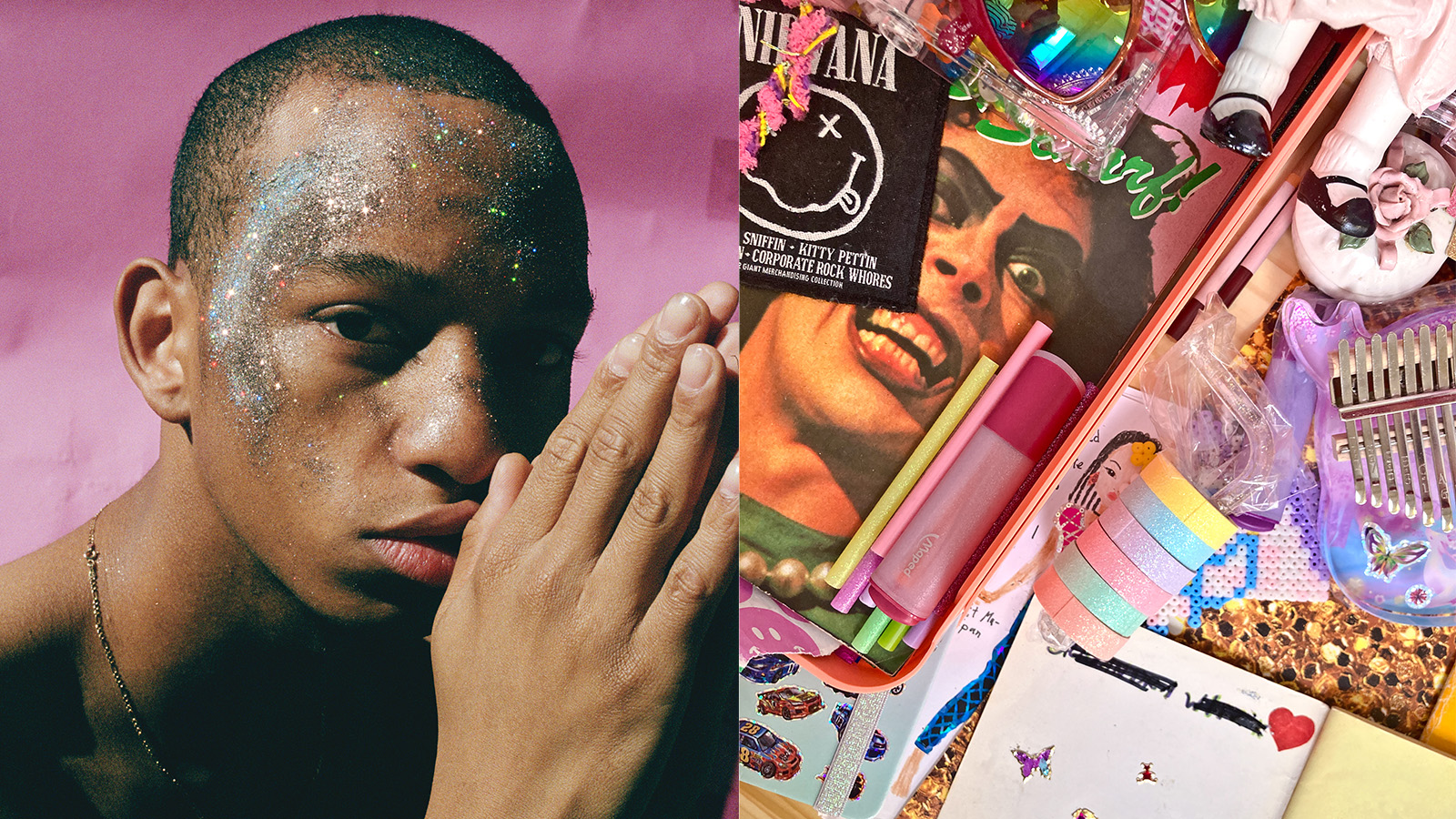 MK&G’s ‘Glitter’ exhibition: a brilliant world-first tribute to sparkle and spectacle
MK&G’s ‘Glitter’ exhibition: a brilliant world-first tribute to sparkle and spectacleMK&G’s latest exhibition is a vibrant flurry of sparkles and glitter with a rippling Y2K undercurrent, proving that 'Glitter is so much more than you think it is'
By Hiba Alobaydi
-
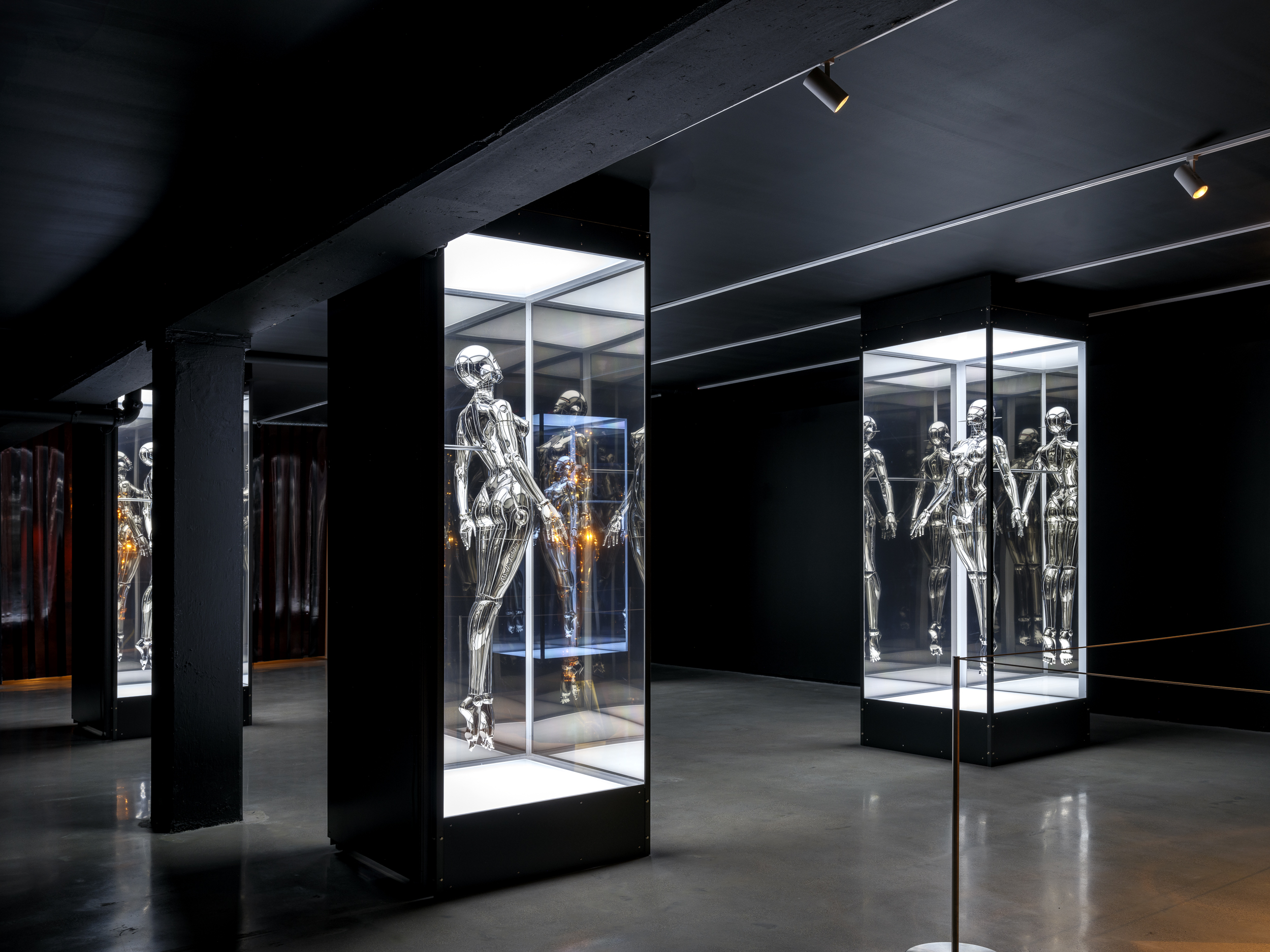 Miami’s new Museum of Sex is a beacon of open discourse
Miami’s new Museum of Sex is a beacon of open discourseThe Miami outpost of the cult New York destination opened last year, and continues its legacy of presenting and celebrating human sexuality
By Anna Solomon
-
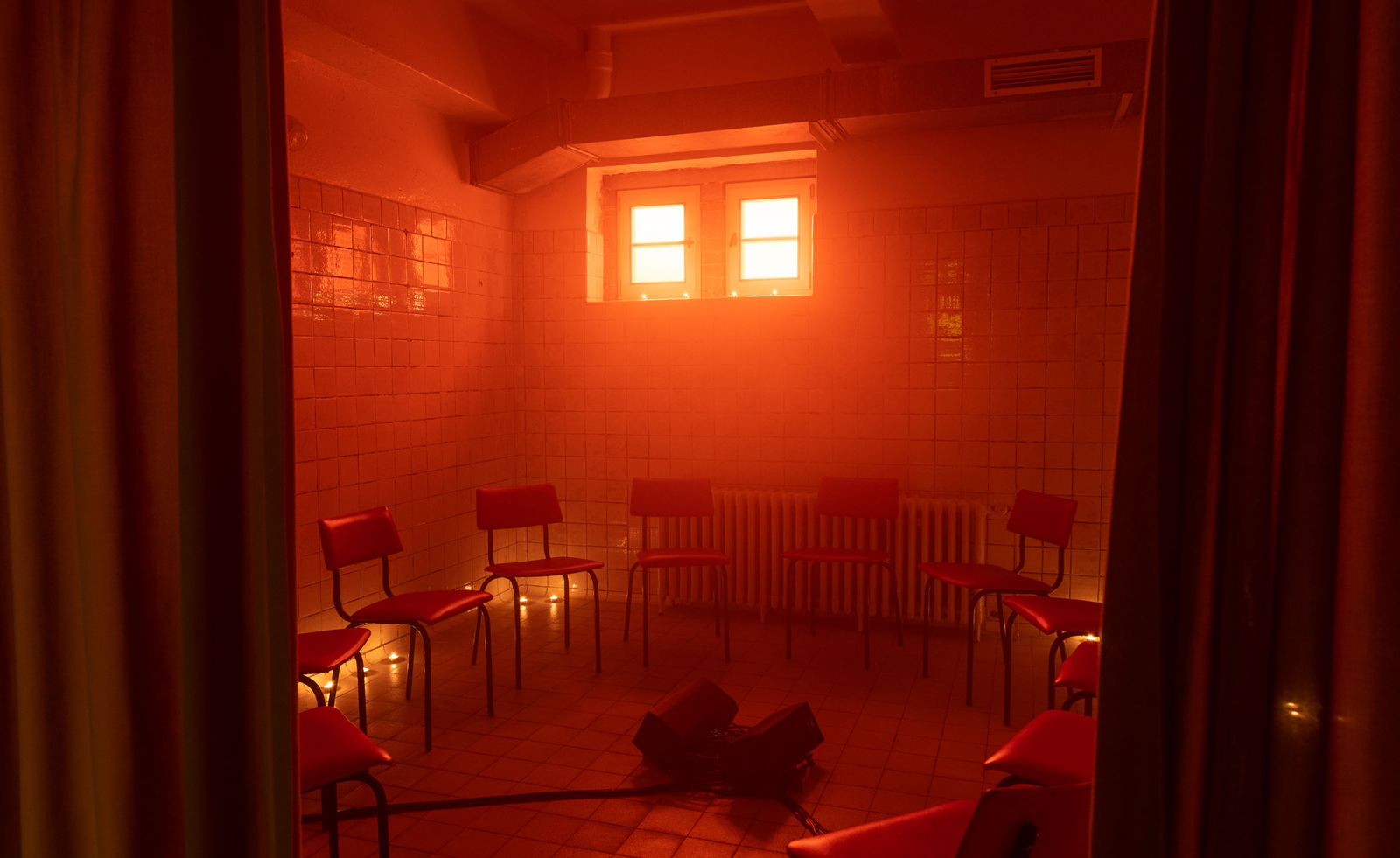 Inside E-WERK Luckenwalde’s ‘Tell Them I Said No’, an art festival at Berlin's former power station
Inside E-WERK Luckenwalde’s ‘Tell Them I Said No’, an art festival at Berlin's former power stationE-WERK Luckenwalde’s two-day art festival was an eclectic mix of performance, workshops, and discussion. Will Jennings reports
By Will Jennings
-
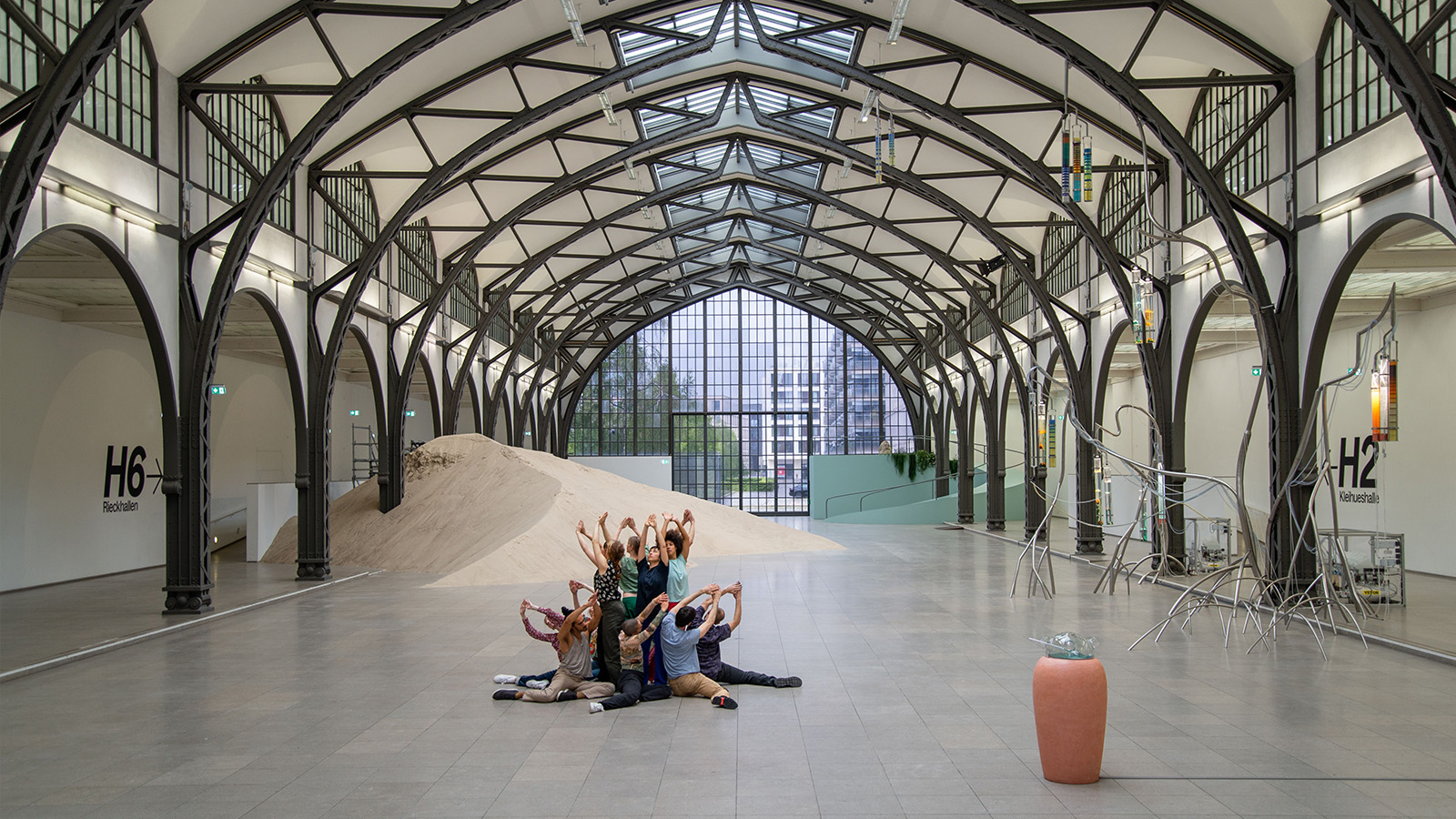 Alexandra Pirici’s action performance in Berlin is playfully abstract with a desire to address urgent political questions
Alexandra Pirici’s action performance in Berlin is playfully abstract with a desire to address urgent political questionsArtist and choreographer Alexandra Pirici transforms the historic hall of Berlin’s Hamburger Bahnhof into a live action performance and site-specific installation
By Alison Hugill
-
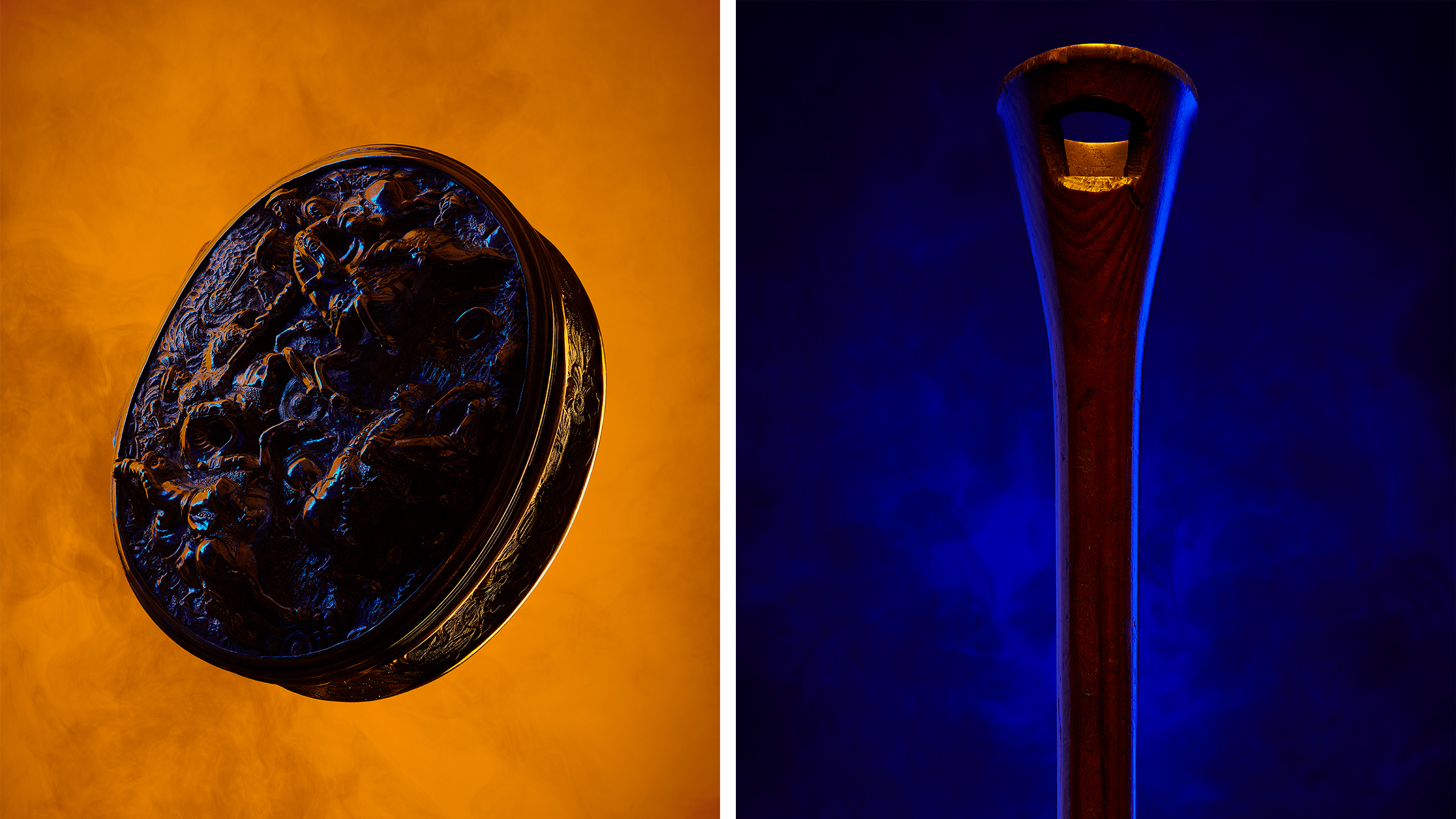 Royal College of Physicians Museum presents its archives in a glowing new light
Royal College of Physicians Museum presents its archives in a glowing new lightLondon photography exhibition ‘Unfamiliar’, at the Royal College of Physicians Museum (23 January – 28 July 2023), presents clinical tools as you’ve never seen them before
By Martha Elliott
-
 Museum of Sex to open Miami outpost in spring 2023
Museum of Sex to open Miami outpost in spring 2023The Museum of Sex will expand with a new Miami outpost in spring 2023, housed in a former warehouse reimagined by Snøhetta and inaugurated with an exhibition by Hajime Sorayama
By Harriet Lloyd-Smith
-
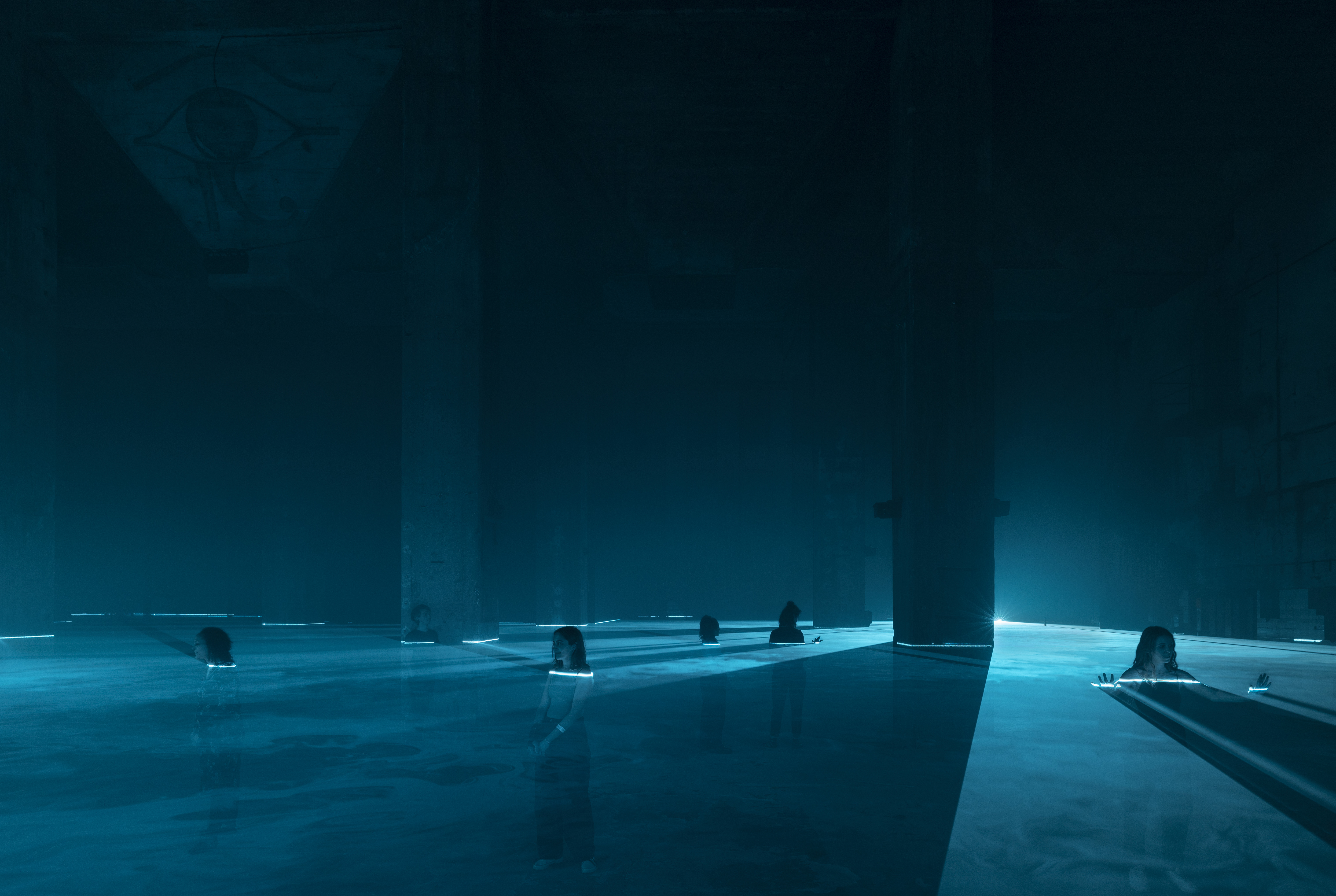 Artist Ian Cheng explores the technological and aesthetic potential of AI
Artist Ian Cheng explores the technological and aesthetic potential of AIIn Berlin’s cavernous Halle am Berghain, New York-based artist Ian Cheng plunges viewers into an immersive world of AI and existential anime in ‘Life After BOB’
By Will Jennings